EXFO LFD-250B device – live fiber detector
The product that is discussed and reviewed on this page from the fiber optic and network bank is a product called live fiber detector, which is known by the abbreviation LDF, and the model LFD-250B (EXFO LFD-250B device) is reviewed on this page. First, a brief explanation about the device
We present LFD-250B – live fiber detector, then we discuss the technical specifications of LFD-250B.
?What is a live fiber detector (LFD)
The live fiber detector (LFD) literally means a real-time optical fiber detector, but if we want to define the LFD device, this device is a real-time display of the amount of data traffic in bends with a fixed angle in optical fibers from the outer jacket of the cable. is
General specifications of the EXFO LFD-250B device
Description
Breaking free of the limitations of traditional live fiber detectors
Traditional live fiber detectors (LFDs) use thumb-activated fiber bending at a fixed angle to enable the detector to read the power leaking from the jacket (see Figure 1). Since the bending is fixed and optimized for one wavelength and one fiber type, the bending often causes
Excessive loss
Unreliable fiber detection (fiber activity is not detected)
Unreliable tone/traffic detection
Permanent damage to the fiber
In addition to being unreliable, the fact that they can cause excessive loss is the main reason why traditional LFDs are considered dangerous and are not used on high-data-rate routes and in long-haul-network applications
EXFO’s LFD-250B Live Fiber Detector introduces step-motor-activated bending and makes fixed-angle bending—and the drawbacks stated above—a thing of the past
EXFO’s LFD-250B: step-motor-activated bending, for guaranteed low loss
For all fiber types and all wavelengths, insertion loss is monitored as a function of the bending angle as the motor (and not human power) moves. Although the angles differ, the behavior remains the same. The adjacent graph shows that fixed-angle bending generates excessive loss in some cases, and leads to flawed identification in others.
The LFD-250B brings a unique approach: the power loss is monitored as the motor (and not human power) changes the angle. Therefore, the angle is automatically optimized for each fiber type and each singlemode wavelength. This results in clear-cut advantages
Maximum loss of 1 dB guaranteed for any single mode telecom fiber (most jacket types) and any wavelength
No damage to the fiber: bending is always minimal and the fiber is released when no power is detected*
Virtually 100 % reliability on traffic detection, direction identification and tone detection
Accurate in-line, non-disruptive power measurements
Safe to be used in long-haul applications and on high-payload fibers—contrary to traditional LFDs
Ambiant light offset
EXFO’s LFD-250B performs an ambient light offset prior to fiber bending, which makes it less sensitive to ambient light. A push-down cap can also be placed on the headend to block intense ambient light.
In-line power measurement
As stated, the LFD-250B controls the insertion loss within the fiber (IL) in dB. But the absolute value of the measured signal is in dBm, so knowing the loss in dB and the power level of this light exiting, power can be measured with a better accuracy than traditional fixed loss LFDs. Of course, coupling efficiency is a factor (3 mm jackets absorb more than 1.6 mm and 900 μm jackets). However, since loss is monitored as a basis for motor positioning, the unit knows what size of jacket is being tested (either 900 μm, 1.6 mm or 3 mm), so the LFD-250B automatically uses the proper coupling efficiency parameter and computes the power within any fiber, at any wavelength, with 1 dB repeatability.
Applications are numerous
FTTH deployment, where there is no protection fiber, making non-intrusiveness a key
Live network maintenance and troubleshooting











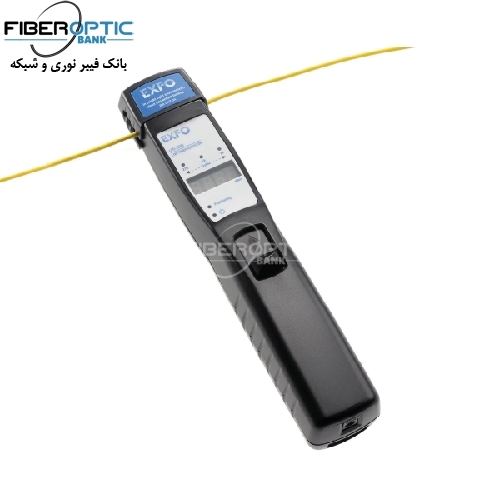
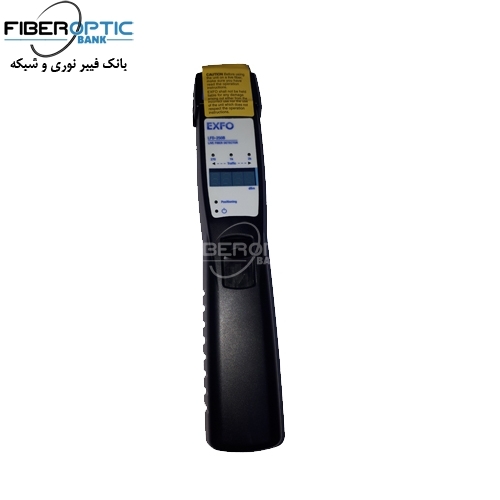
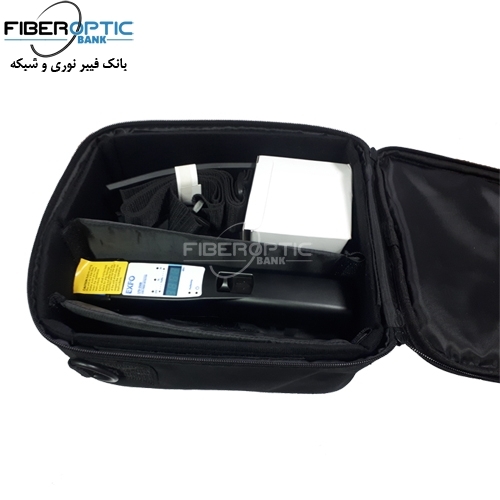
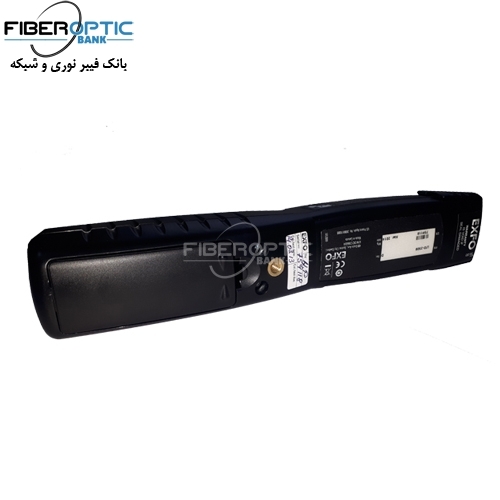

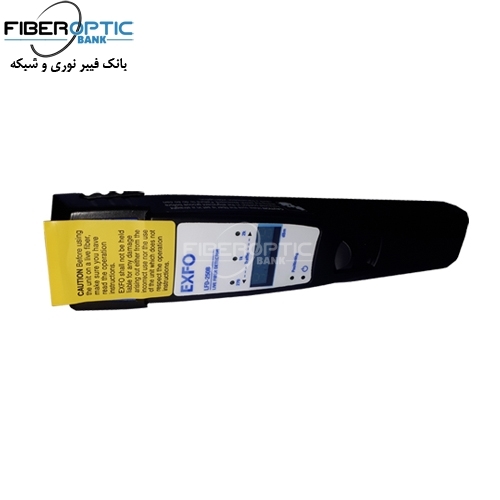
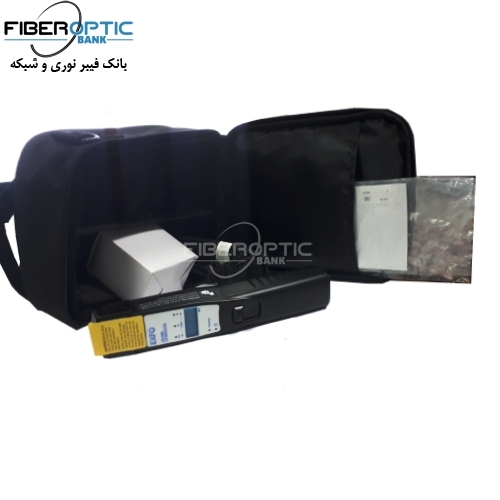

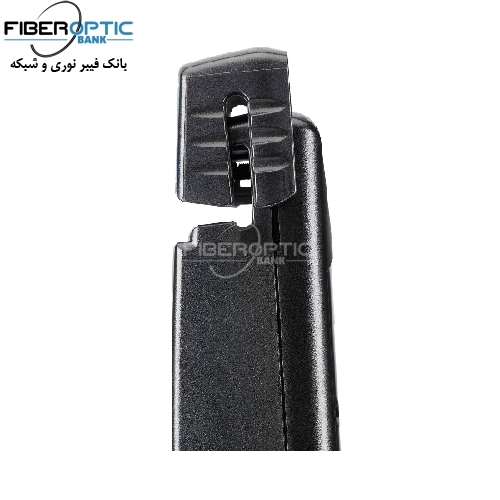
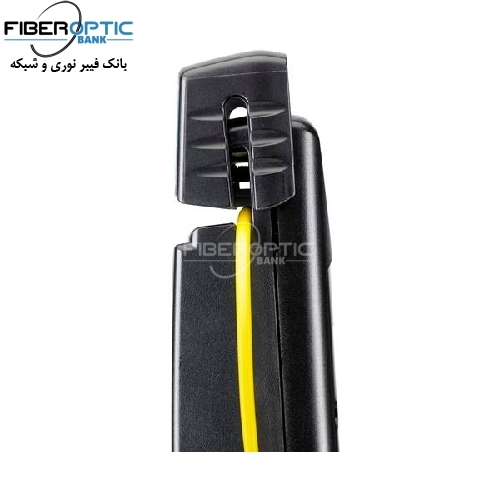
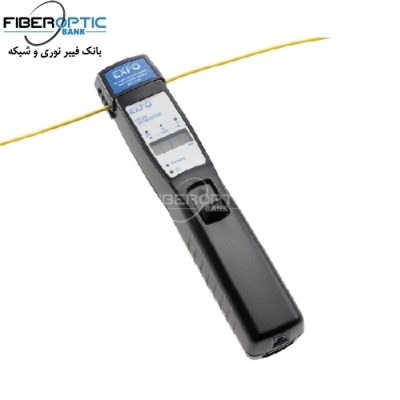
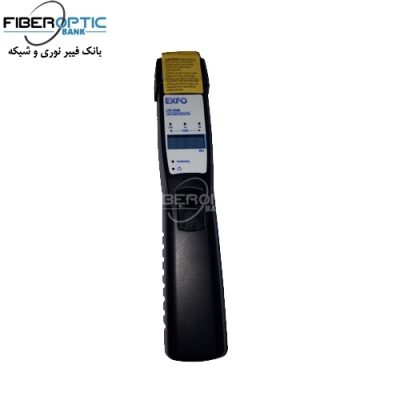
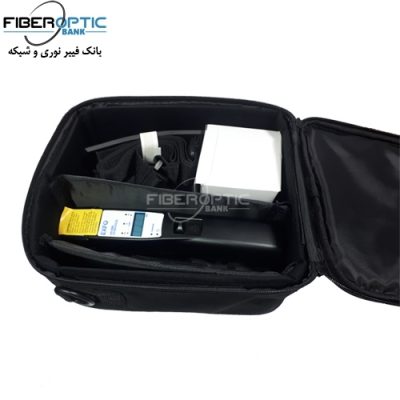
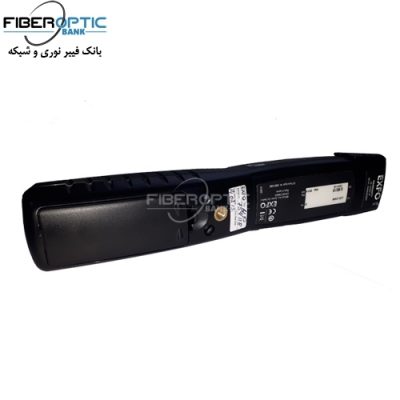
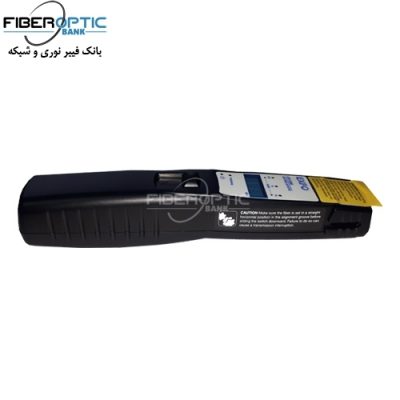
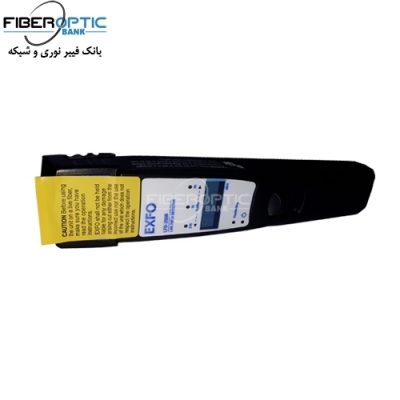
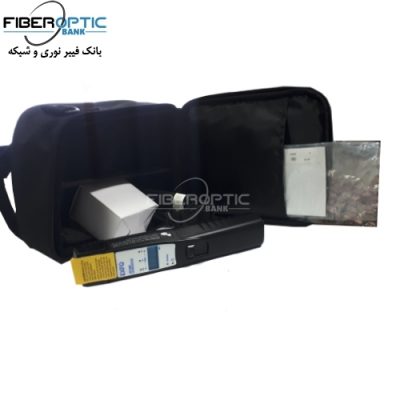
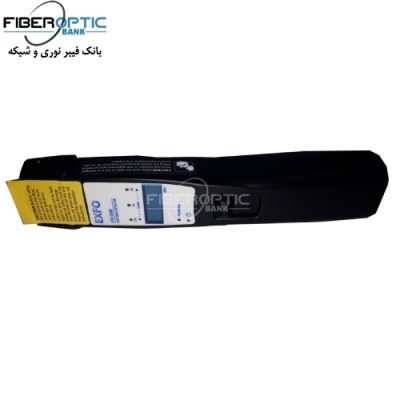
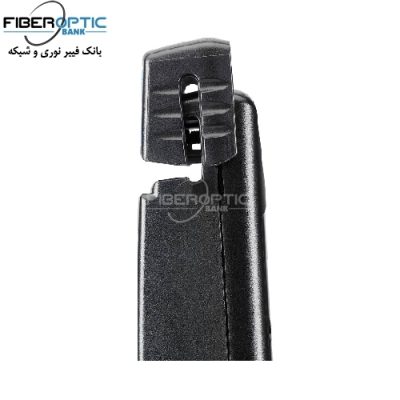
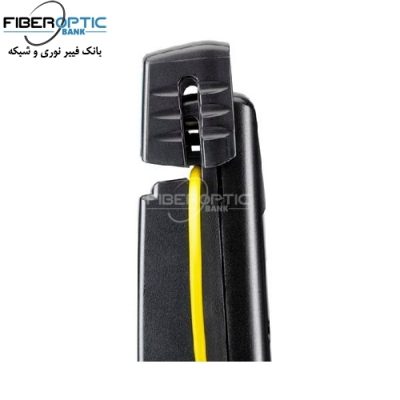
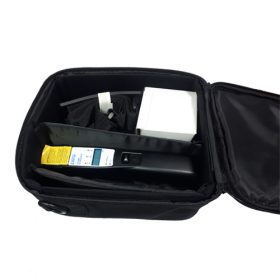
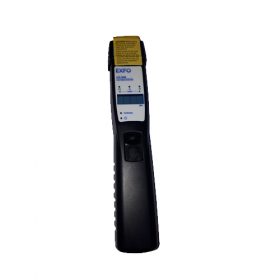
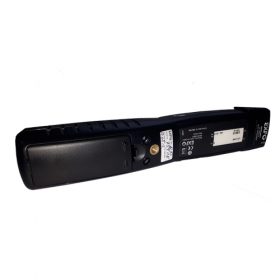

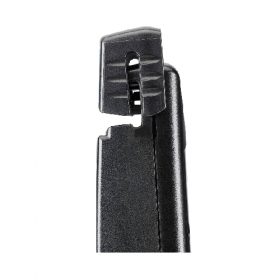
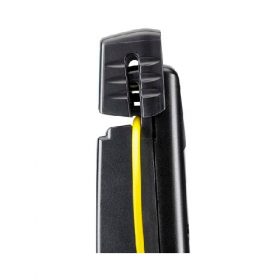
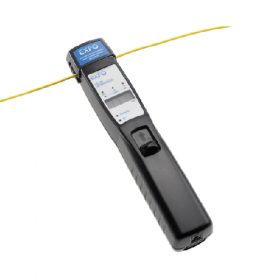
Reviews
There are no reviews yet.